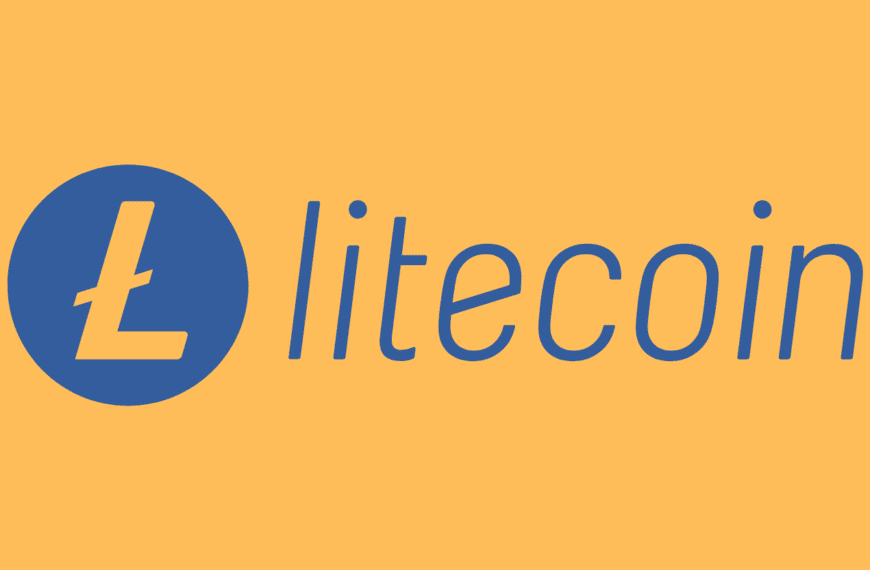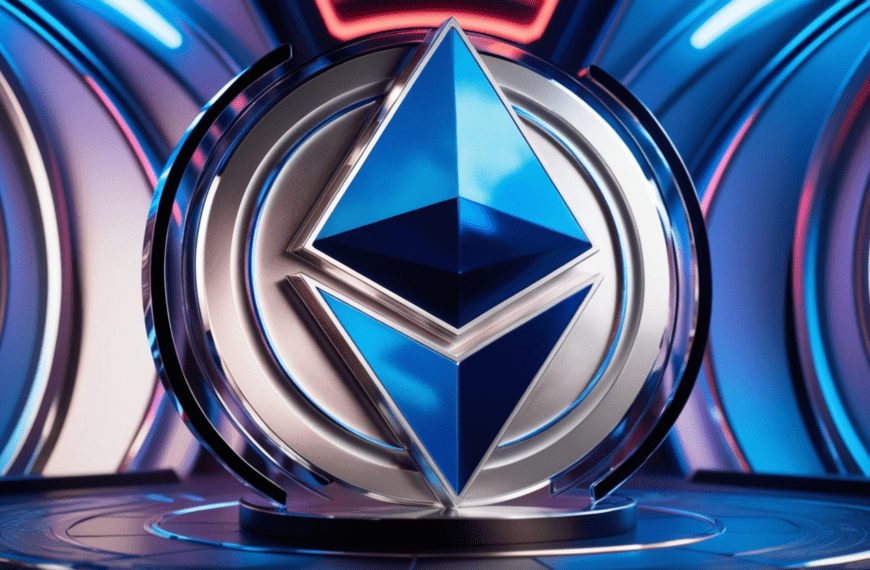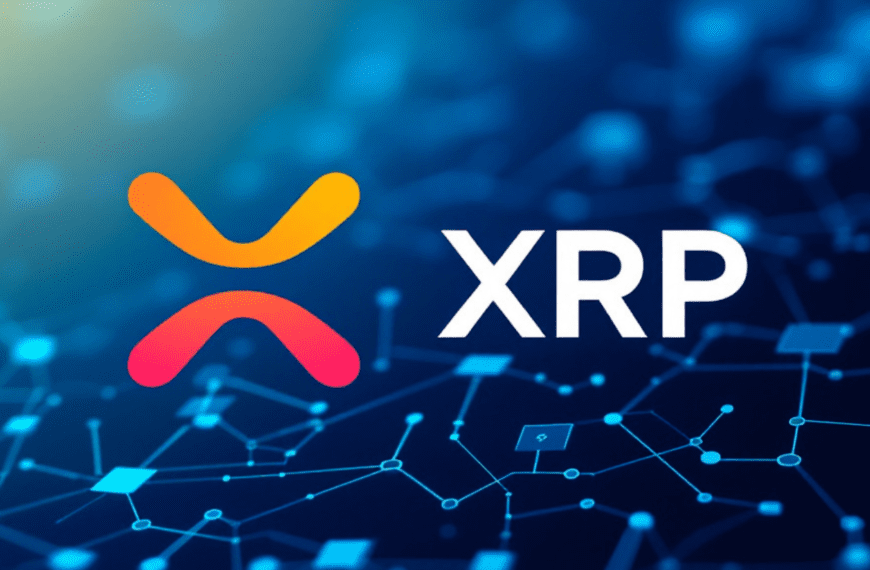ICO and IEO:
In the world of cryptocurrencies and blockchain, Initial Coin Offerings (ICOs) and Initial Exchange Offerings (IEOs) are two popular methods of raising funds for new projects. Both allow startups to secure capital by issuing digital tokens, but they differ significantly in how they operate. Let’s break it down in simple terms.

What is an ICO?
An Initial Coin Offering (ICO) is like a digital crowdfunding campaign. In an ICO, a project creates its cryptocurrency token and sells it to investors in exchange for existing cryptocurrencies like Bitcoin or Ethereum or even fiat money.
How It Works:
- Project Announcement: A startup announces its ICO, often with a detailed whitepaper explaining the project’s goals, the technology behind it, and how the funds will be used.
- Token Creation: The project creates digital tokens (think of them as shares or utility coupons).
- Token Sale: Investors buy these tokens during the ICO, hoping they’ll increase in value if the project succeeds.
ICOs were highly popular in 2017 and 2018. They are decentralized, meaning anyone from anywhere can participate (depending on local laws). However, because they’re not tightly regulated, ICOs have seen scams and failed projects, which damaged their reputation.
What is an IEO?
An Initial Exchange Offering (IEO) is similar to an ICO but conducted through a cryptocurrency exchange platform. In this case, the exchange acts as a middleman between the project and the investors.
How It Works:
- Partnership with an Exchange: A project partners with a cryptocurrency exchange to host its token sale.
- Due Diligence by the Exchange: The exchange screens the project for legitimacy, increasing trustworthiness for investors.
- Token Sale on the Exchange: Investors buy tokens directly from the exchange’s platform, often using the exchange’s native currency (like Binance Coin for Binance IEOs).
- Listing on Exchange: After the sale, the token is immediately listed for trading on the exchange.
IEOs became popular after ICOs faced trust issues. They are considered safer for investors since exchanges conduct background checks and handle the sale.
https://coincap7.com/what-is-a-cryptocurrency-exchange/
Key Differences Between ICO and IEO
| Aspect | ICO | IEO |
|---|---|---|
| Platform | Conducted by the project itself | Hosted on a cryptocurrency exchange |
| Trust | Risky, as projects may be scams | More trustworthy due to exchange vetting |
| Regulation | Often unregulated | More aligned with exchange rules |
| Participation | Open to anyone | Requires an account on the hosting exchange |
| Token Listing | Not guaranteed after the sale | Guaranteed listing on the hosting exchange |
| Marketing Support | Done by the project | Supported by the exchange |
How Do ICOs and IEOs Work for Investors?
- ICOs: Investors independently research the project and send funds directly to the project’s wallet. Tokens are usually delivered later. The process requires a lot of caution as there’s no intermediary to guarantee safety.
- IEOs: Investors need an account on the hosting exchange. They can buy tokens through a user-friendly interface. The exchange ensures token delivery and often provides post-sale support.
Pros and Cons of ICO and IEO
ICOs:
- Pros: High accessibility, lower fees, complete decentralization.
- Cons: High risk, potential for scams, no guarantees.
IEOs:
- Pros: Increased security, trust from exchange vetting, seamless token listing.
- Cons: Limited to exchange users, potentially higher costs due to exchange fees.
Which Is Better?
It depends on your priorities. ICOs offer a decentralized, open-to-all approach but come with significant risks. IEOs, on the other hand, are more secure but require trust in the exchange and may have restrictions.
https://deftsoft.com/blog/difference-between-ico-and-ieo/
Final Thoughts
Both ICOs and IEOs have revolutionized fundraising in the blockchain space, making it easier for startups to access global capital. While ICOs were the pioneers, the rise of IEOs reflects the demand for more secure and regulated processes. If you’re considering investing, always do thorough research to understand the project’s potential and risks. Remember, the crypto space is volatile—only invest what you can afford to lose.
Disclaimer: The content provided here is for educational purposes only and is intended to raise awareness about cryptocurrency and blockchain technology. It should not be considered as financial or investment advice. Before investing in any cryptocurrency or token, we strongly encourage you to conduct thorough research, understand the associated risks, and make informed decisions (DYOR – Do Your Own Research). For detailed guidance, consult a qualified financial advisor.














